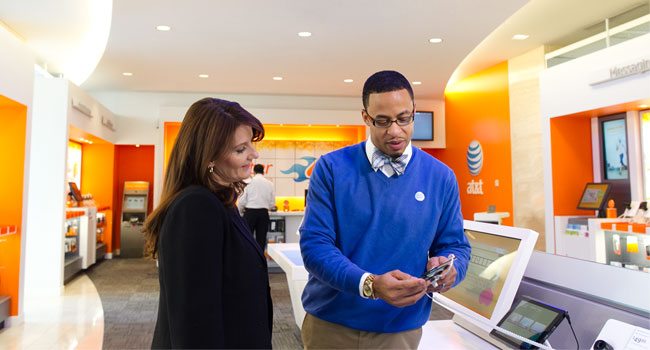Particle looks at how the customer service experience can be bolstered with IoT technology.
Editor’s Note: The RCR Wireless News Reality Check section is where C-level executives and advisory firms from across the mobile industry share unique insights and experiences.
Years ago, when a person walked into their local store, the head clerk or grocer may have greeted them by name and offered them products they were likely to buy. Modern retail is a jarringly different experience, driven by a global supply chain and notorious for its lack of quality customer service.
Heavy online shopping has stripped consumers of any sort of human interaction. When they do need to call customer service they are often frustrated to find a robotic voice on the other end of the line that wants them to voice their concern into a set of numbers.
By 2020, a Walker survey projects that customer experience will be the No. 1 brand differentiator, usurping both price and product. To compete, stores need to improve customer service quickly and internet of things devices are poised to bring a personal touch back to retail.
Take a look at Intel’s recent announcement, for example. The company recently unveiled the Responsive Retail Platform, which blends IoT sensors with cloud technology to better inform employees of customer needs and tailor their experience. When employees are stocking shelves midday or manning three of 20 check out lines, a customer can get lost in the shuffle. But now, IoT has the capability to improve this experience.
Where and when to use IoT
Amazon.com is winning with automated technology, from stocking shelves and taking inventory to scanning bar codes. When Amazon ships a package it requires a single minute of human labor.
While a lot of technology companies are imagining a future where stores are automated, this approach could still lead to unsatisfied customers. What if someone can’t find a product? What happens when a patron needs fashion advice? Robots and automation are not good at handling these sorts of “edge” scenarios.
The key to reshaping the retail terrain is to use automation to free up humans to do what they do best – creative problem solving and human interaction. If employees’ sole focus is customer service, shopping will become a more personalized, pleasant experience.
The art of personalization
An integrated IoT solution could enhance shopper personalization beyond anything previously possible. By using sensors and data to analyze what products similar shoppers purchase, stores can make recommendations on new products. They could also suggest a suitable backup if a product if is out of stock by inspecting the buying choices of similar customers.
These changes can ultimately bolster a brand’s reputation and increase loyalty. If a customer feels they’re valued by a brand through a unique, tailored one-on-one customer experience they’ll reciprocate with loyalty to that brand and tell their friends of their good experience. The business innovations driven by IoT should not just be relegated to automated tasks. They must be integrated with the services performed by human employees. This will translate into more comprehensive customer service.
The power of people
Whenever a transformative technology allows for a drastically different workforce, people fear it will lead to job scarcity. The reality is that whenever there is an improvement – like IoT – those technologies will need support from the C-suite down to more tactical positions. These jobs just shift, they don’t entirely disappear. Intel has explicitly said the intention is to adjust human employees to their area of expertise – not displace jobs.
There is no technological replacement that can 100% replicate the experience of human interaction. It’s hard to imagine a scenario in the near future where, say, a robotic wait staff makes a customer feel valued more than a person in the same role. It’s about striking a balance of when technology will provide value and when it will just be in excess.
IoT and connected devices have the power to improve customer experience. Retailers can make better recommendations to their customers, keep the right items in stock and know exactly what products are available in their backroom. The key is freeing up people in the store to provide excellent customer service and letting robots and automated systems do the rest. If this scenario plays out the store of the future may not only have the exact products consumers want, but they can be assisted by a friendly, local clerk that knows their name.

